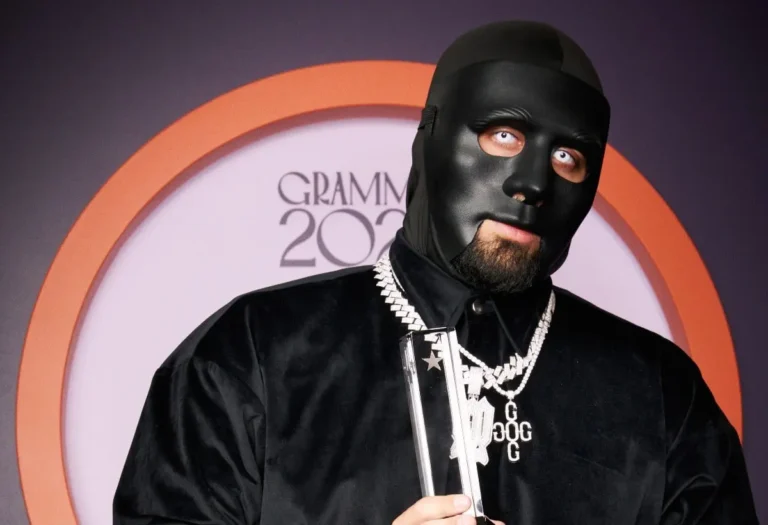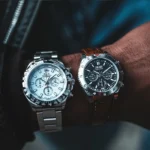The hip-hop community has been shaken by numerous incidents of violence against its artists over the years. From robberies to fatal shootings, many rappers have fallen victim to crimes that seem disproportionately targeted at them. This article explores the complex factors contributing to this disturbing trend and examines potential solutions.
Table of Contents
- The Alarming Statistics
- Factors Contributing to Violence Against Rappers
- High-Profile Cases
- The Role of Social Media
- Industry Response and Prevention Efforts
- The Impact on Hip-Hop Culture
- Conclusion: Moving Towards a Safer Future
The Alarming Statistics
Recent studies have highlighted the severity of the issue:
- According to a study published in the Journal of American Medical Association, more than half of rapper deaths are due to homicide, a rate significantly higher than the general population.
- The average age of death for rap and hip-hop artists is alarmingly low compared to other music genres.
These statistics underscore the urgent need to address the violence plaguing the hip-hop community.
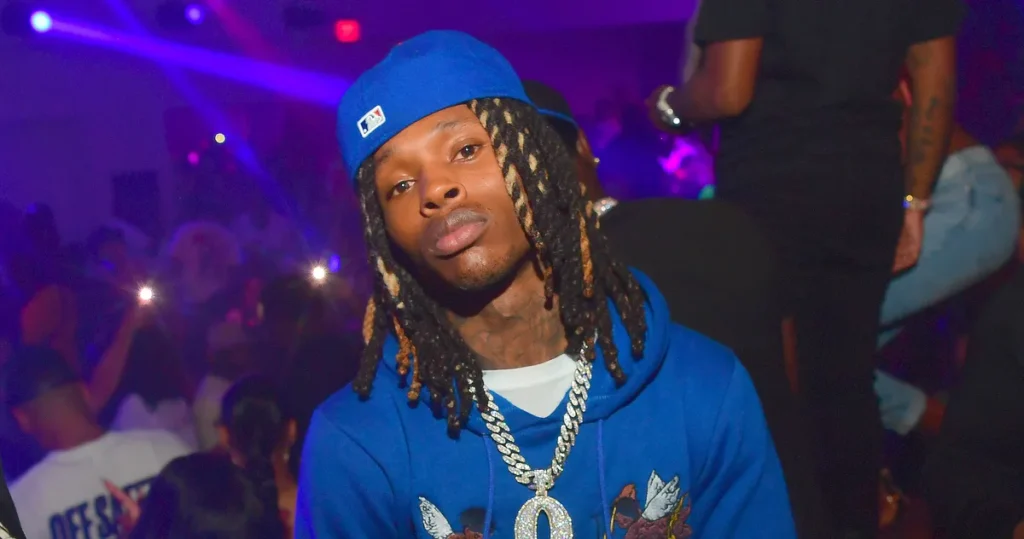
Factors Contributing to Violence Against Rappers
Several interconnected factors contribute to the high rates of violence against rappers:
1. Backgrounds and Environment
Many successful rappers come from neighborhoods with high crime rates and limited opportunities. This background can have lasting impacts:
- Ongoing connections: Success doesn’t always mean completely leaving these environments behind. Many artists maintain connections to their old neighborhoods, which can expose them to ongoing risks.
- Survivor’s guilt: Some rappers feel a sense of obligation to their communities, leading them to stay connected even when it might be safer to distance themselves.
- Lack of trust in authorities: Growing up in areas with strained police relations can make rappers hesitant to report threats or seek help from law enforcement.
A study by the Urban Institute found that neighborhood context plays a significant role in youth violence and delinquency, factors that can follow individuals into adulthood.
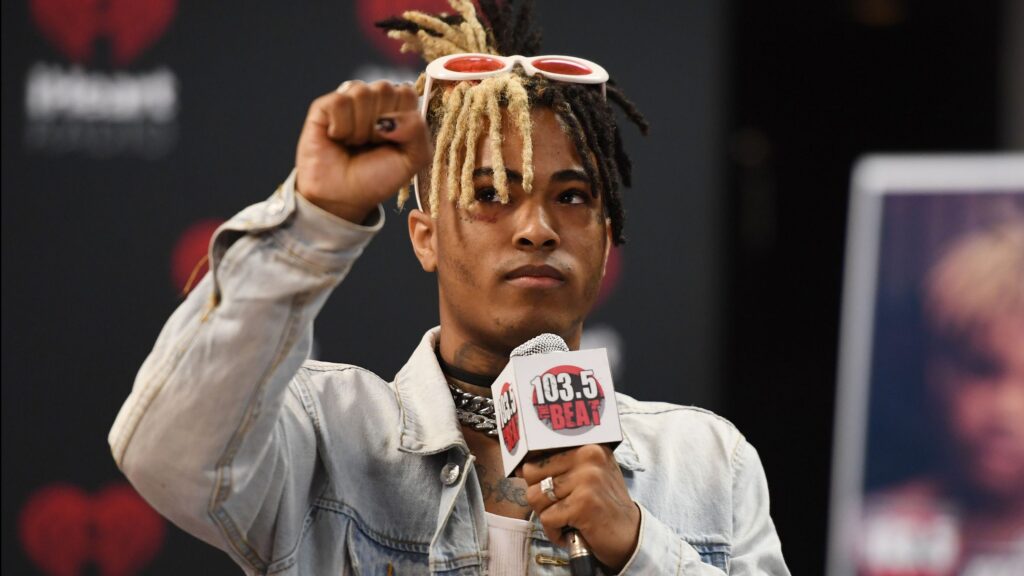
2. Conspicuous Wealth
The display of wealth is often seen as a symbol of success in hip-hop culture, but it can also make rappers targets:
- Jewelry: Expensive chains, watches, and grills are common targets for theft. For example, YG had a $400,000 chain stolen at a court appearance in 2022.
- Cash: Some rappers are known to carry large amounts of cash, making them attractive targets for robbery.
- Luxury vehicles: High-end cars not only attract attention but can also make rappers vulnerable during carjackings.
The FBI’s Uniform Crime Reporting Program shows that robbery rates are higher in areas where wealth disparities are more visible, a factor that can affect rappers who display their success in economically diverse areas.
3. Lyrical Content and Beefs
The content of rap lyrics and public feuds between artists can sometimes escalate into real-world violence:
- Glorification of violence: Some lyrics that boast about violent acts or criminal behavior can be seen as challenges by others looking to prove themselves.
- Disrespect and challenges: Lyrics that insult other artists or neighborhoods can lead to retaliation.
- Authenticity pressure: There’s often pressure for rappers to “live their lyrics,” which can lead to engaging in risky behavior to maintain credibility.
The East Coast-West Coast hip hop rivalry of the 1990s, which may have contributed to the deaths of Tupac Shakur and The Notorious B.I.G., is a stark example of how lyrical beefs can escalate to real-world violence.
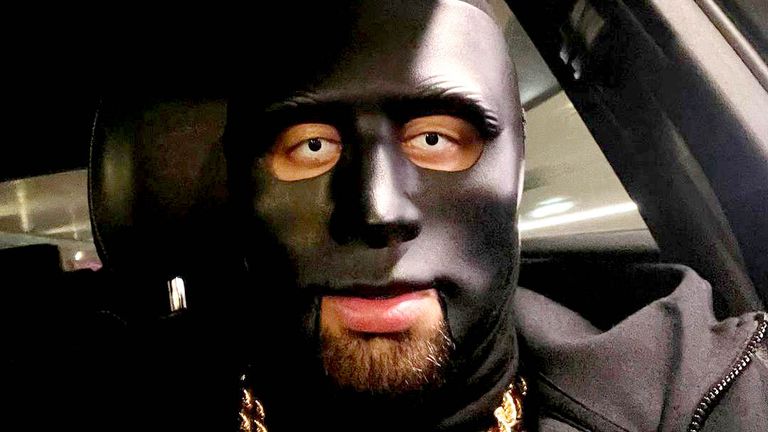
4. Gang Affiliations
Some rappers maintain connections to street gangs, either from past associations or ongoing relationships:
- Ongoing conflicts: Gang-affiliated rappers can become targets in long-standing gang rivalries.
- Expectations of loyalty: Success in the music industry doesn’t always sever gang ties, and some rappers feel obligated to maintain these connections.
- Use of gang symbols: Displaying gang colors or signs in videos or on social media can attract unwanted attention from rival groups.
According to the National Gang Center, gang-related homicides have been on the rise in many U.S. cities, a trend that can directly impact rappers with gang connections.
5. Lack of Security Measures
Not all successful rappers invest in adequate security, leaving them vulnerable to attacks:
- Informal security: Some artists rely on friends or associates for protection rather than professional security services.
- Resistance to change: There can be a reluctance to change habits or lifestyle, even when fame increases personal risk.
- Underestimating threats: Some rappers may not fully appreciate the level of danger they face, especially early in their careers.
The International Association of Professional Security Consultants emphasizes the importance of comprehensive security planning for high-profile individuals, including threat assessments and personal protection strategies.
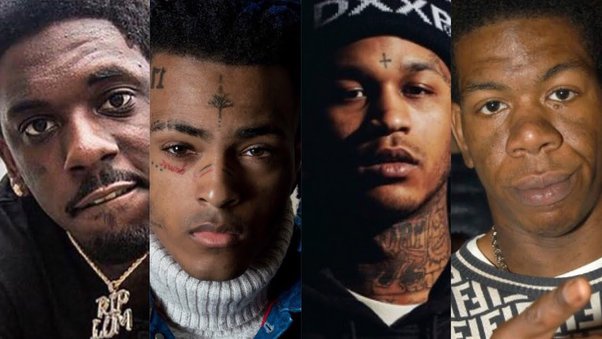
High-Profile Cases
Several high-profile cases have brought attention to this issue:
- Tupac Shakur and The Notorious B.I.G.: Both iconic rappers were killed in drive-by shootings in the late 1990s.
- XXXTentacion: The young rapper was fatally shot during a robbery in 2018.
- Pop Smoke: The rising star was killed during a home invasion in 2020.
These cases, among many others, have highlighted the ongoing danger faced by rappers.
The Role of Social Media
Social media has added a new dimension to the issue:
- Rappers often share their locations in real-time, making it easier for potential attackers to track them.
- Online beefs can quickly escalate and spill over into real-world violence.
- The pressure to maintain an image of wealth and success on social media can lead to risky behavior.
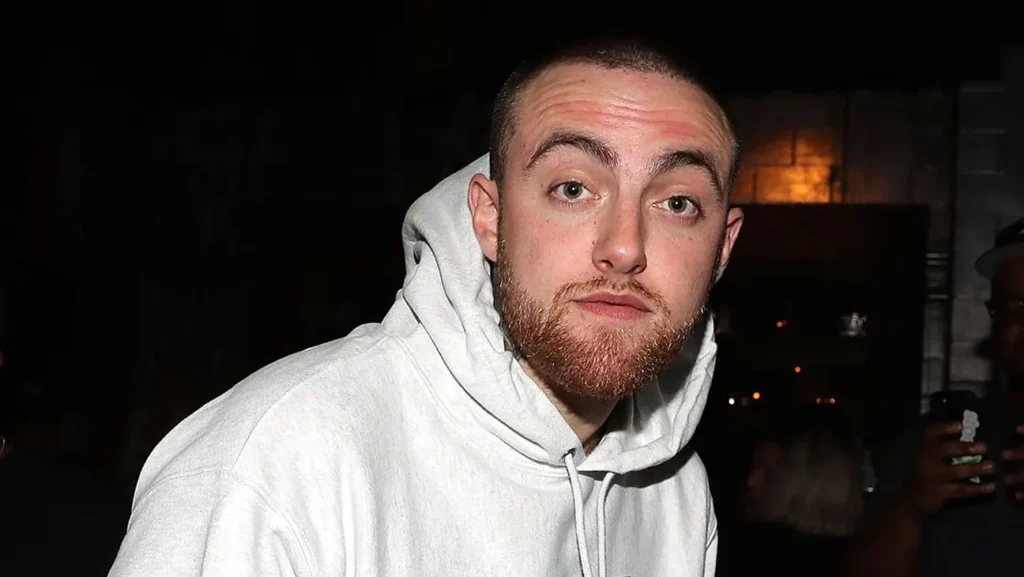
Industry Response and Prevention Efforts
The hip-hop industry and artists are taking steps to address the issue:
- Increased security measures at events and for individual artists.
- Conflict resolution initiatives, like Hip Hop Caucus, which promotes non-violence.
- Some artists are becoming more private about their wealth and whereabouts.
The Impact on Hip-Hop Culture
The ongoing violence has had a significant impact on hip-hop culture:
- It perpetuates negative stereotypes about the genre and its artists.
- Many talented artists have been lost, leaving fans to wonder about their unfulfilled potential.
- It creates a climate of fear that can stifle creativity and collaboration.
Conclusion: Moving Towards a Safer Future
Addressing the high rates of violence against rappers requires a multi-faceted approach:
- Enhanced security measures and training for artists.
- Community outreach and mentorship programs to provide alternatives to violence.
- Industry-wide initiatives to promote conflict resolution and de-escalation.
- Continued dialogue about the impact of lyrical content and the glorification of violence.
By acknowledging the problem and working together, the hip-hop community can strive for a future where artists can focus on their craft without fearing for their lives.
What are your thoughts on this issue?
How do you think we can better protect artists in the hip-hop community?
Share your ideas in the comments below.
